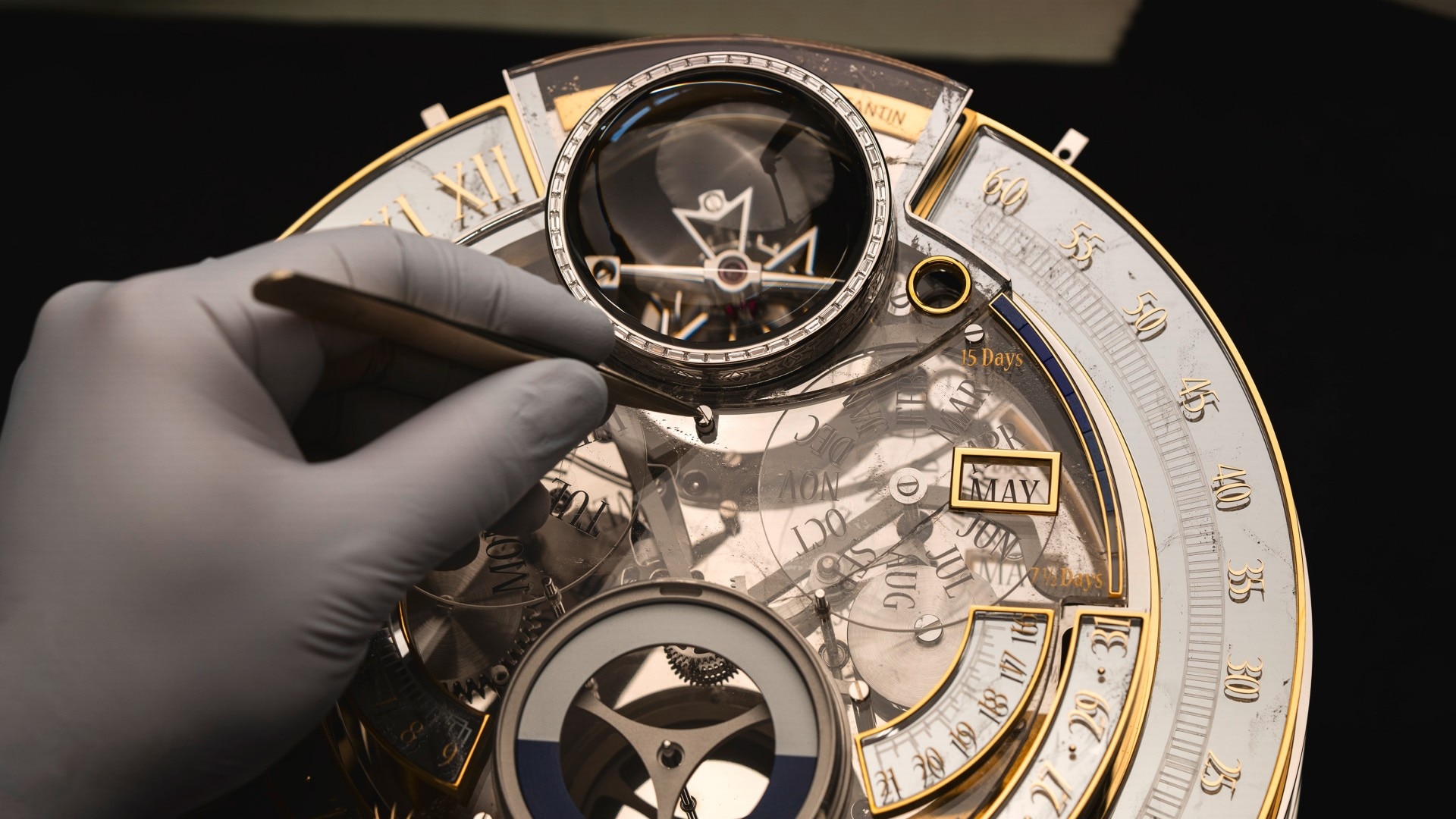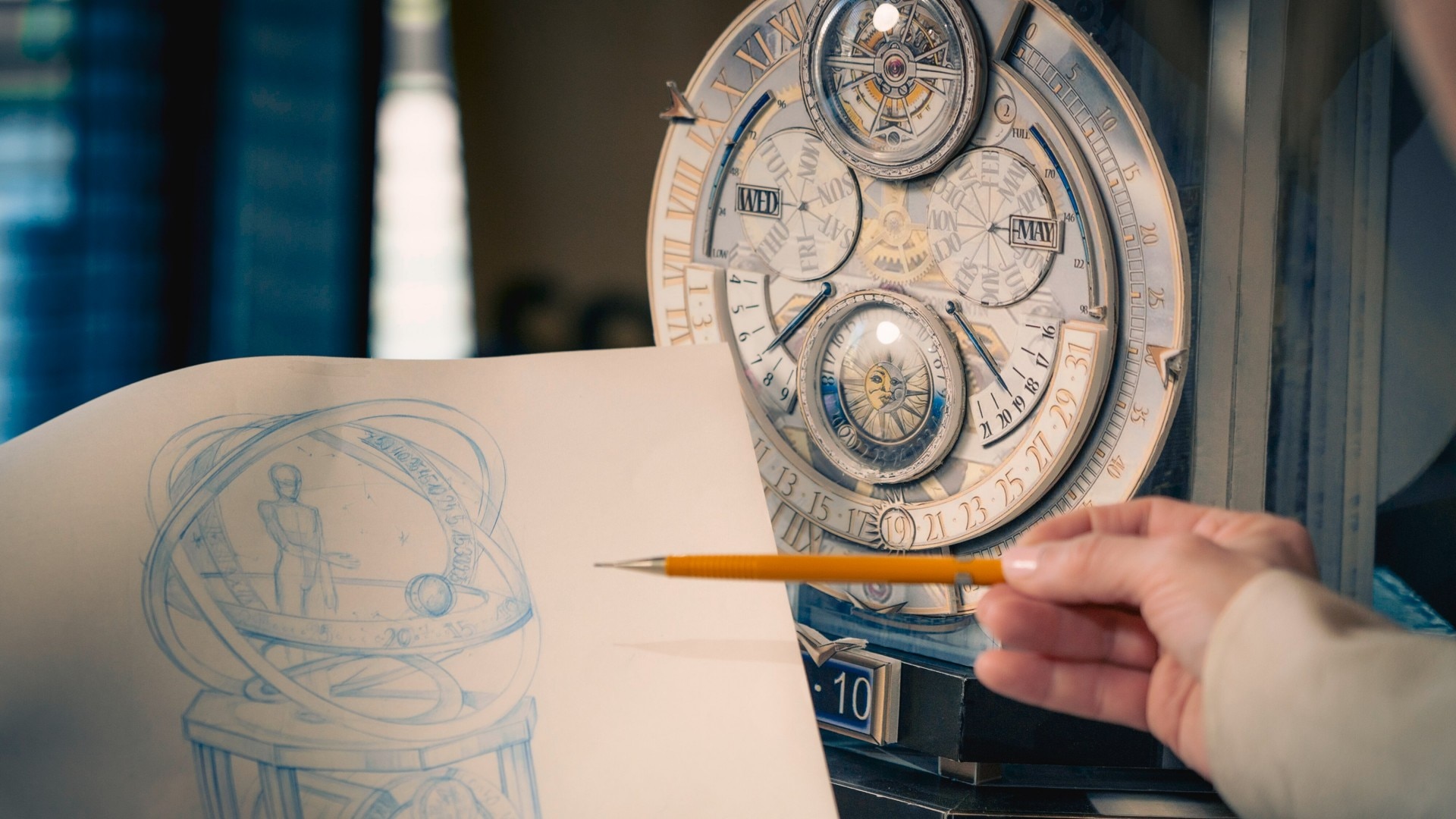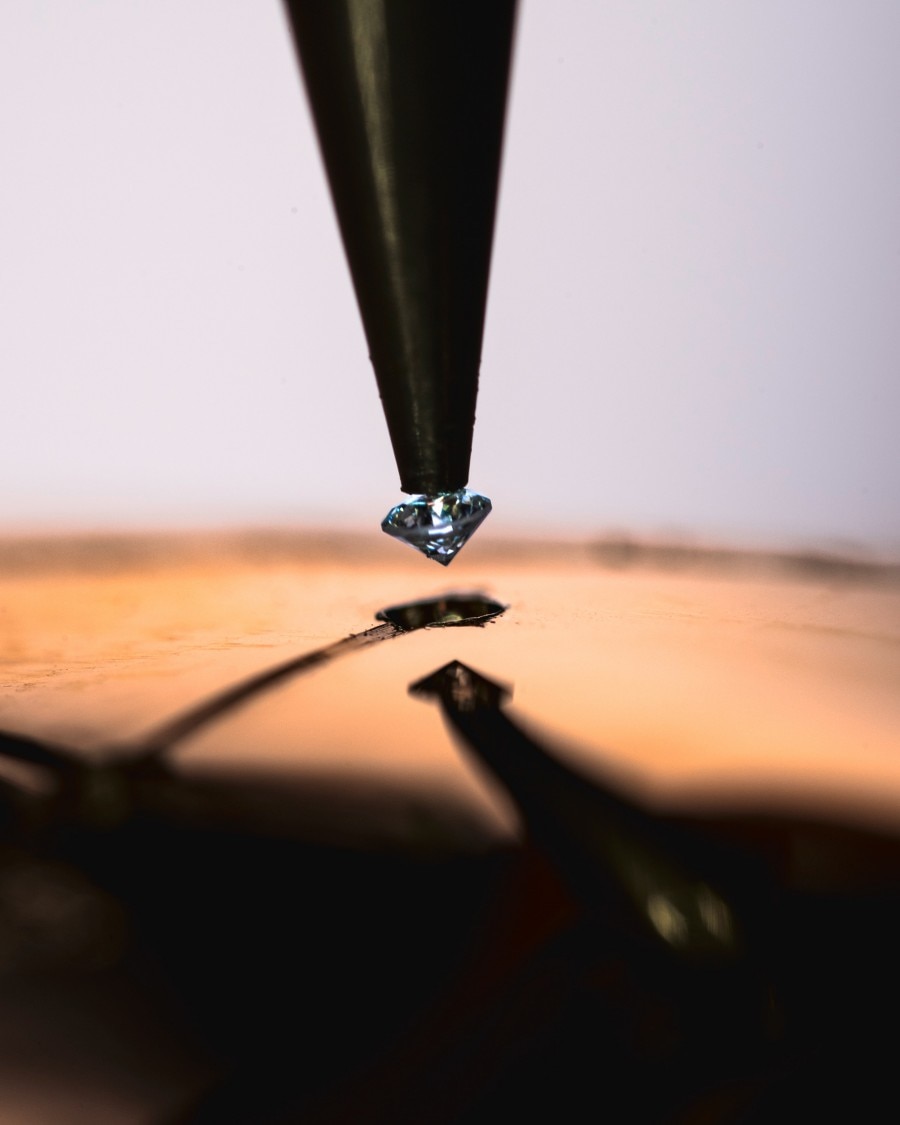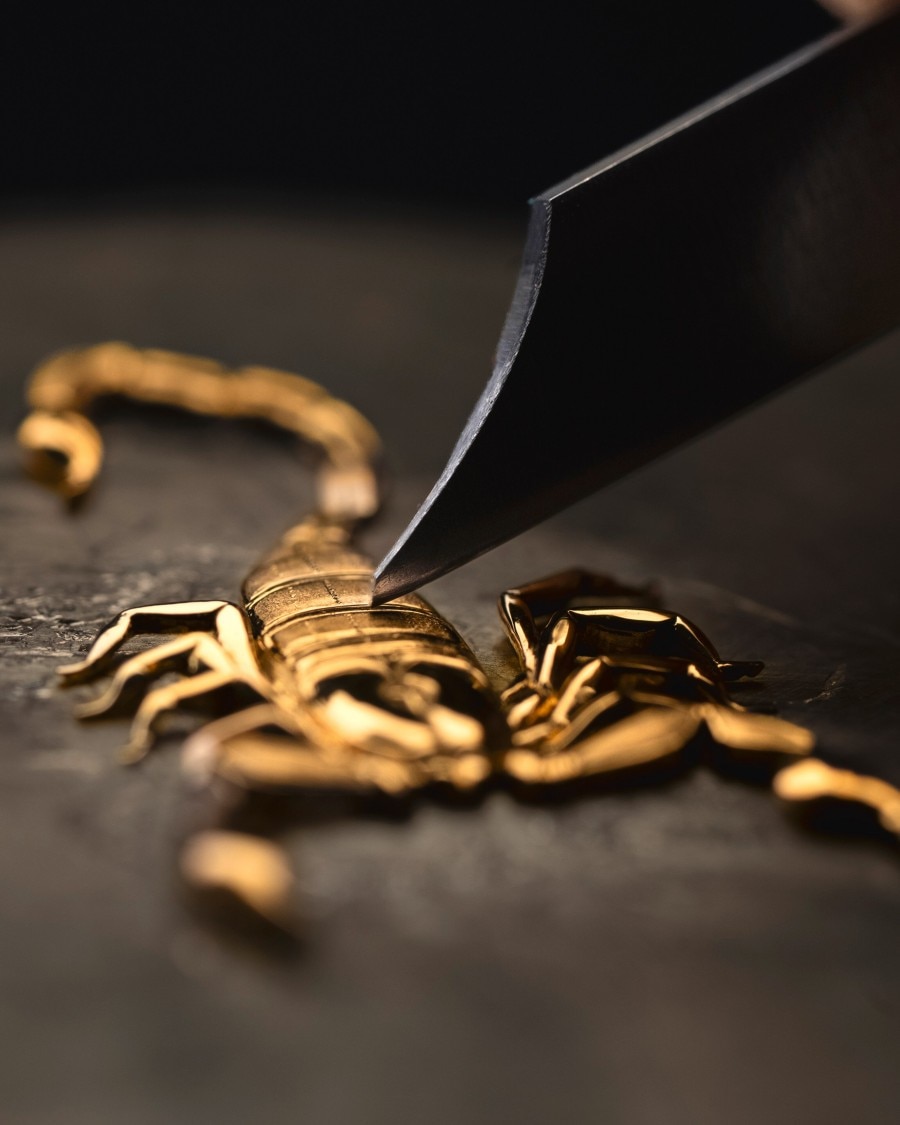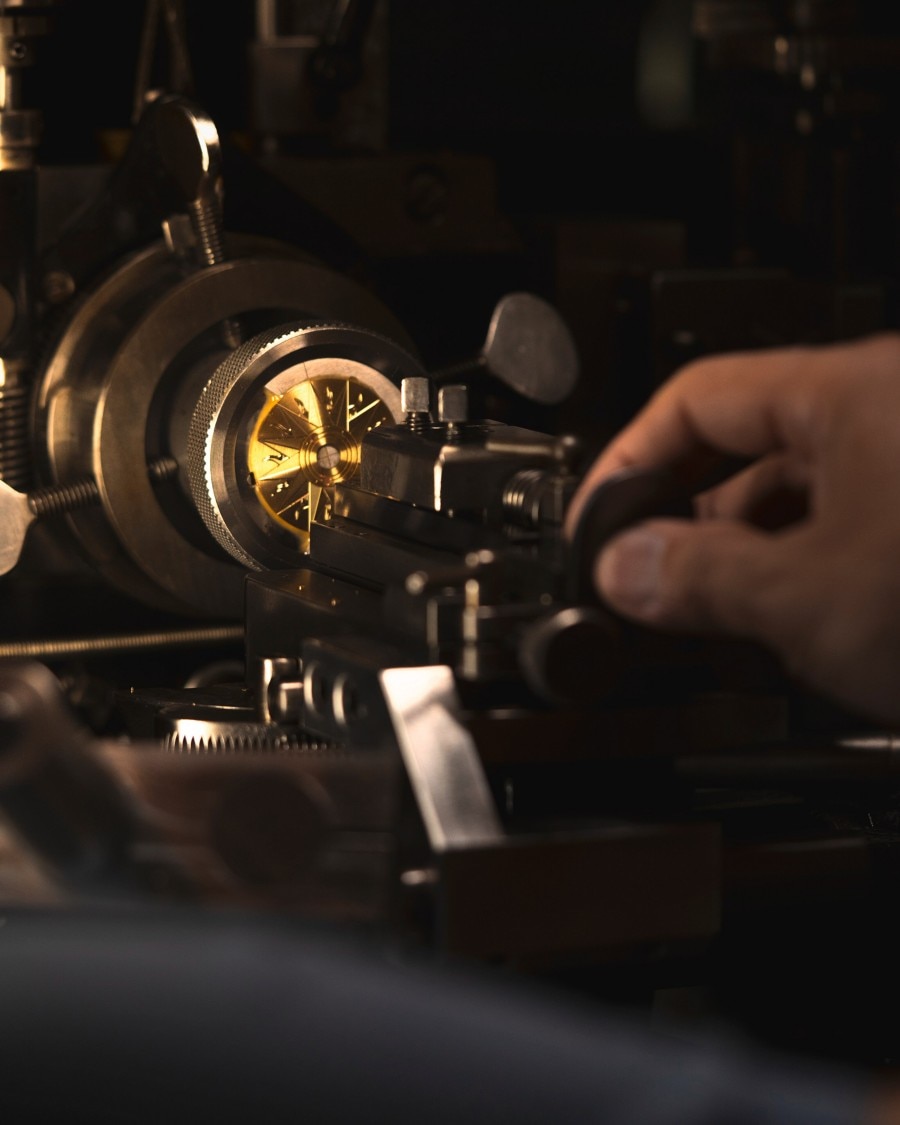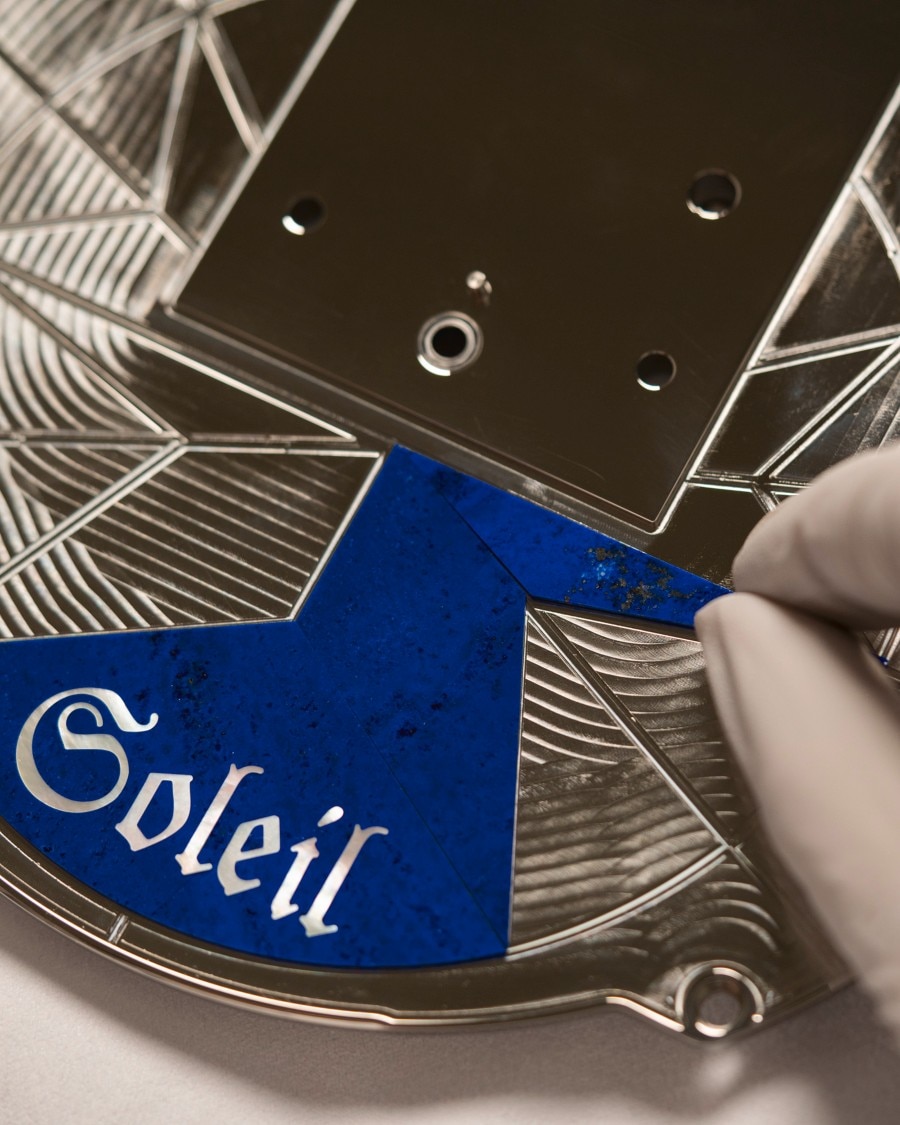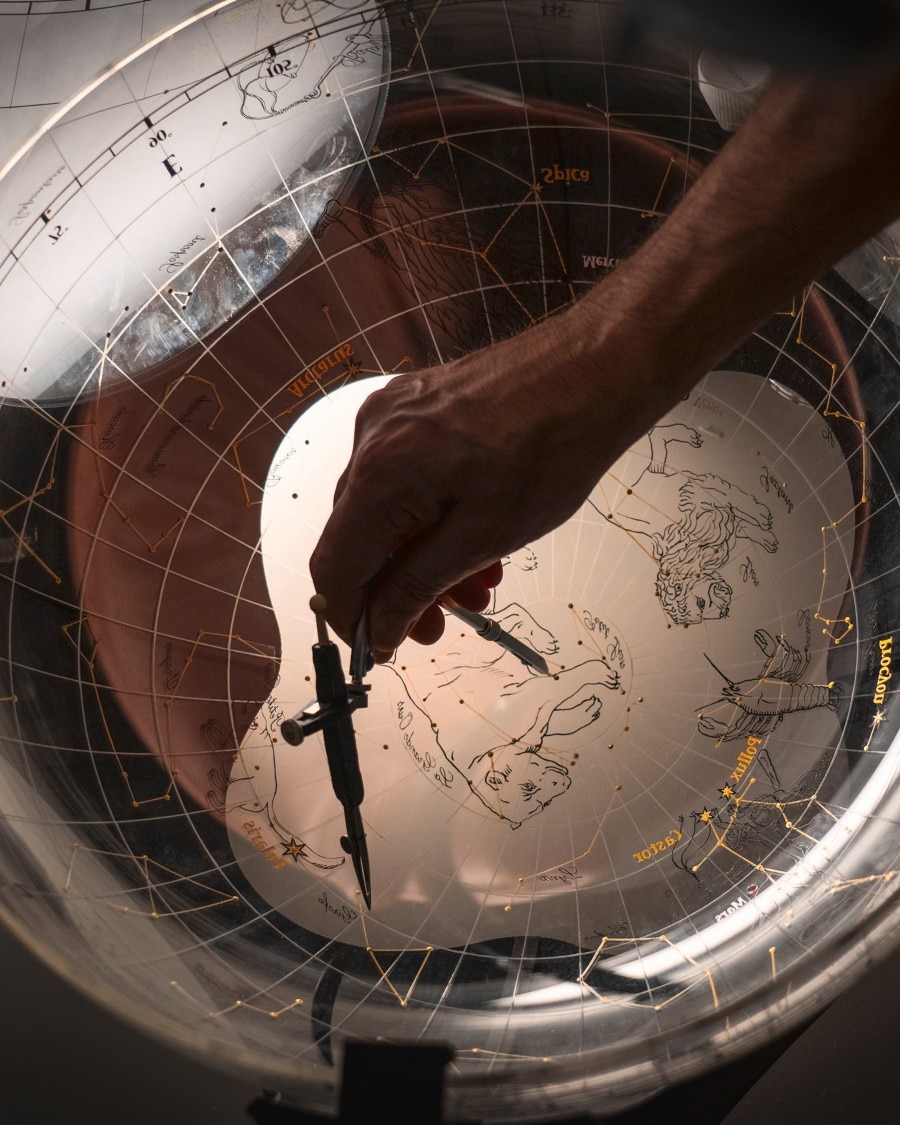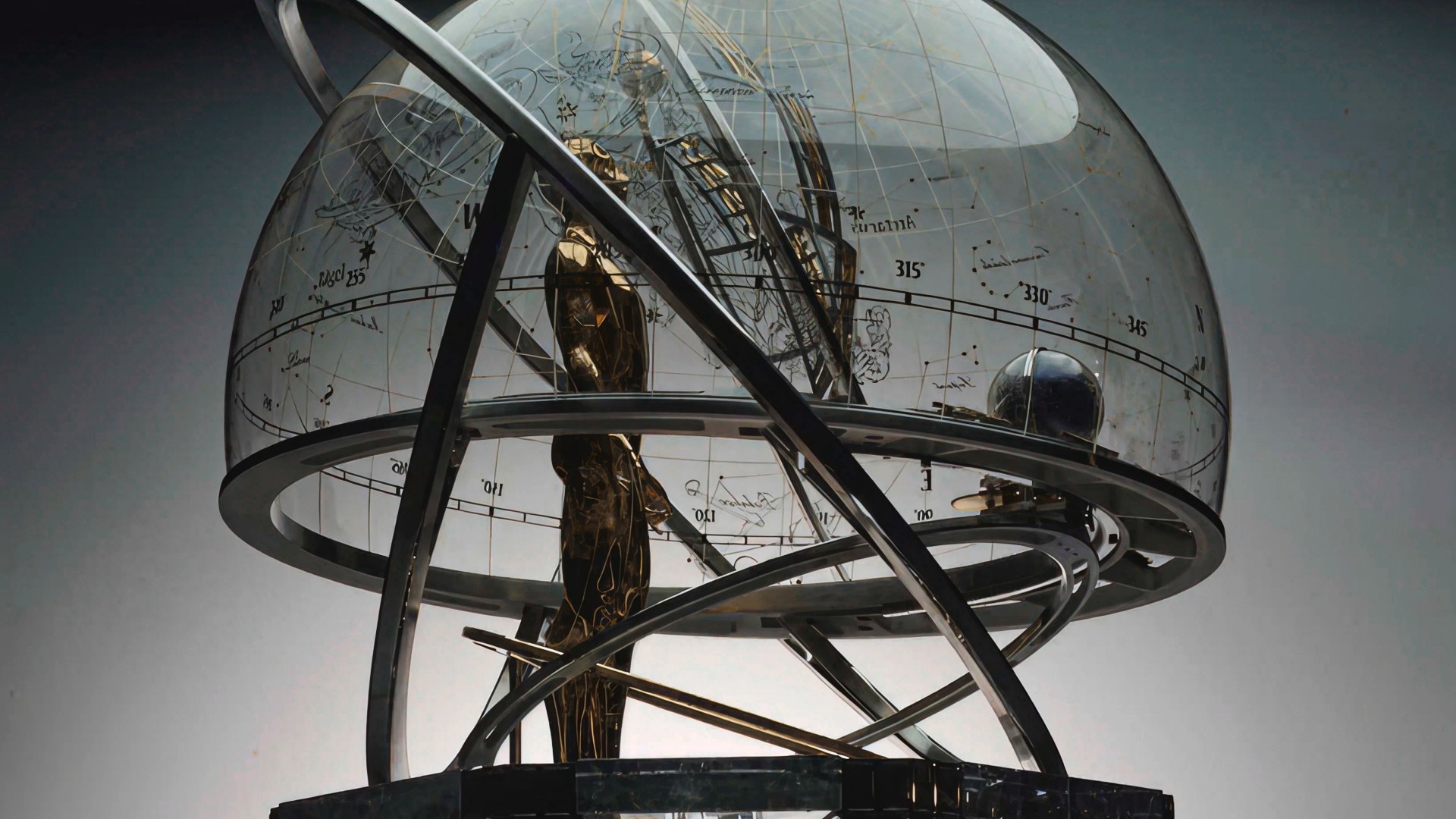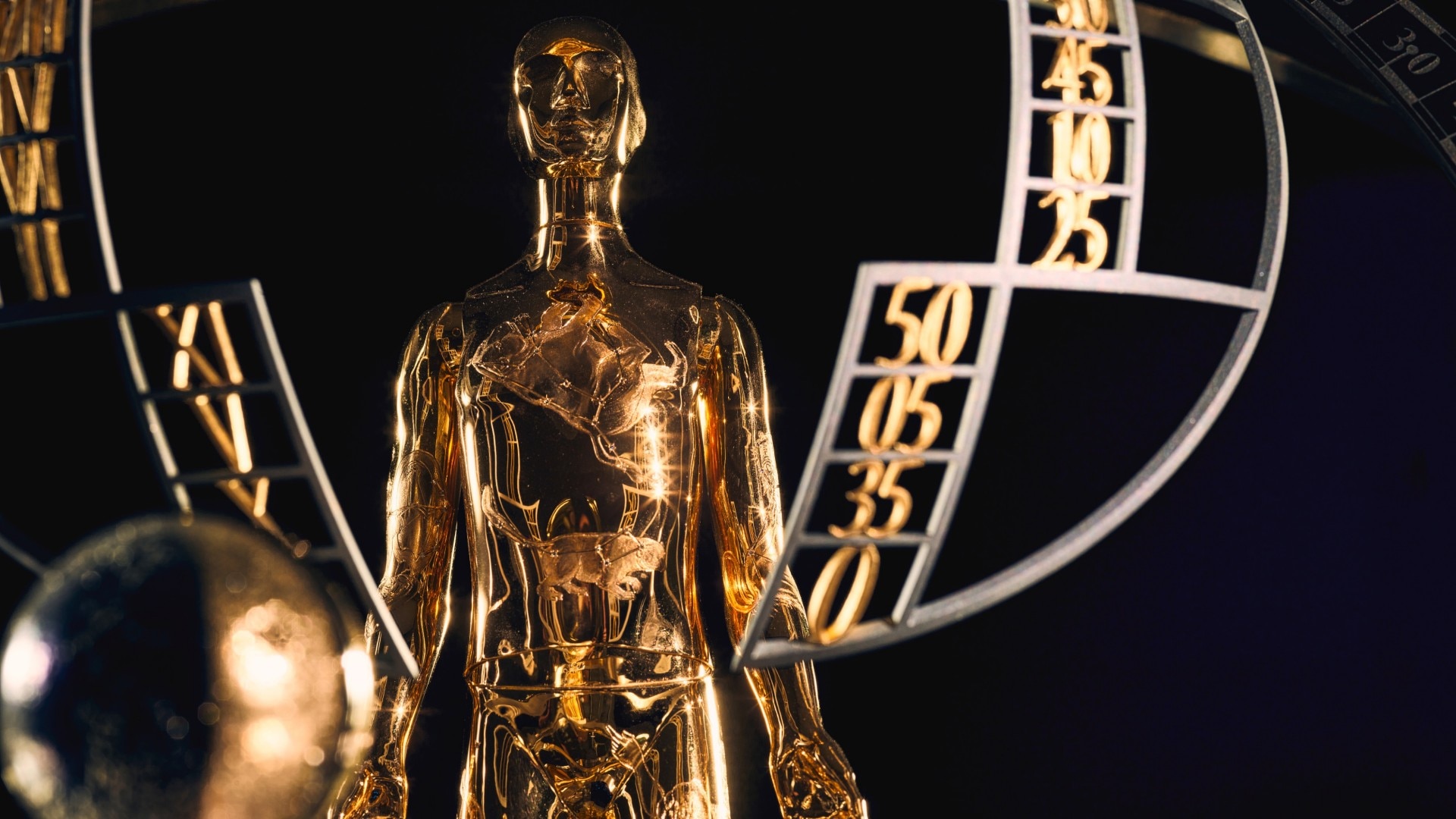A creation unlike any other, shaped by engineering excellence, rare crafts, and musical innovation.
More than a clock, La Quête du Temps is a feat of Haute Horlogerie and mechanical mastery: 23 complications, a calibre of 2,370 parts, 15 patents filed, and a 144-gesture automaton. This odyssey brought together Vacheron Constantin’s master watchmakers, François Junod (recognised as the world's greatest automatier), astronomers, artisans, and composer Woodkid, a collective savoir-faire rarely united in one creation.
An adventure seven years in the making
This creation compresses millennia of human fascination with the movement of the heavens into a single horological masterpiece. Improving on classic planetaria, its precision moonphase is a marvel. And, while automata have been documented since Vitruvius (1st century BC), Vacheron Constantin’s Astronomer is the first such mechanism directly integrated into the movement.
A technical odyssey
The centrepiece of La Quête du temps is its astronomical clock, which features two dials and no less than 23 complications. These include a perpetual calendar, sidereal time indication, retrograde indicators for sunrise and sunset times as well as real-time constellation tracking and a precision 3D moon phase. The 24-hour display is an achievement of its own, with a ball bearing system to ensure that the engraved side faces the viewer throughout the year. The power required for this elaborate dance is shown via the 15-day bi-retrograde power-reserve indicator on the front-facing dial.
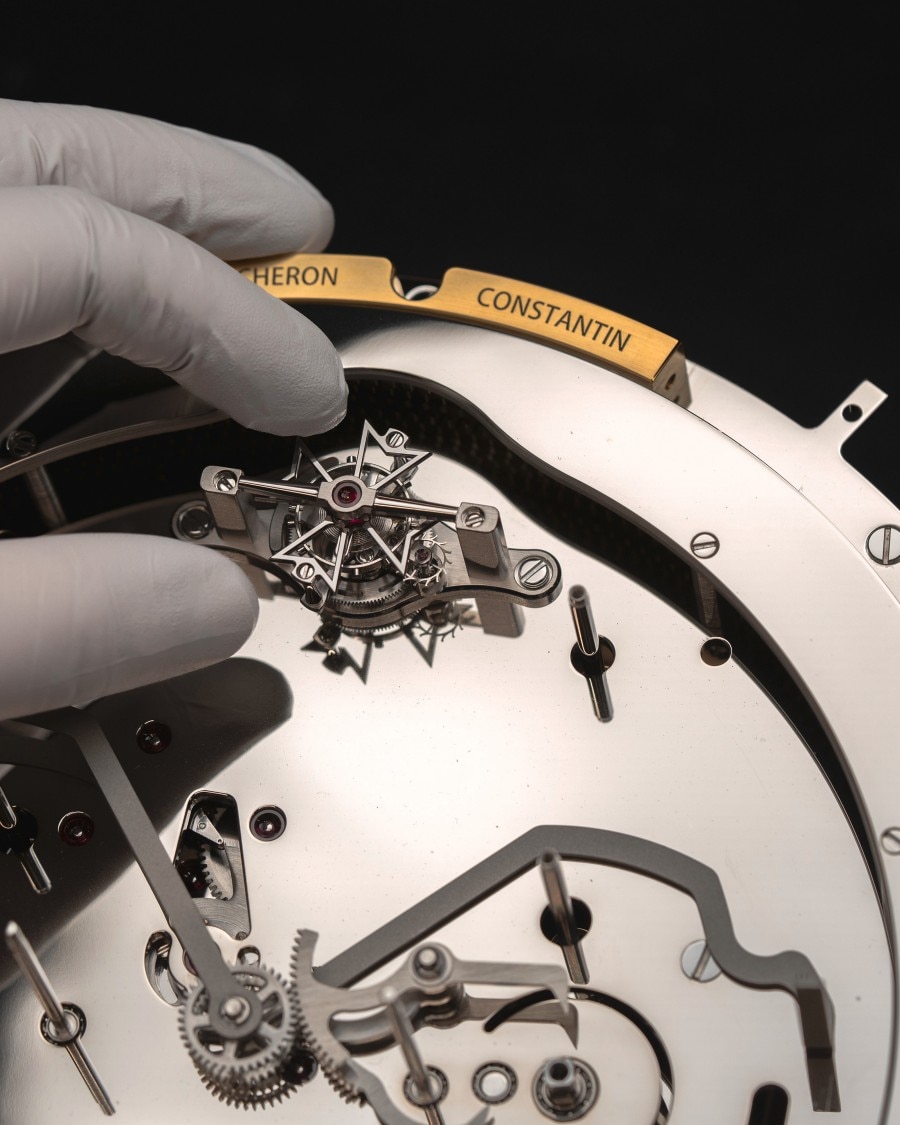
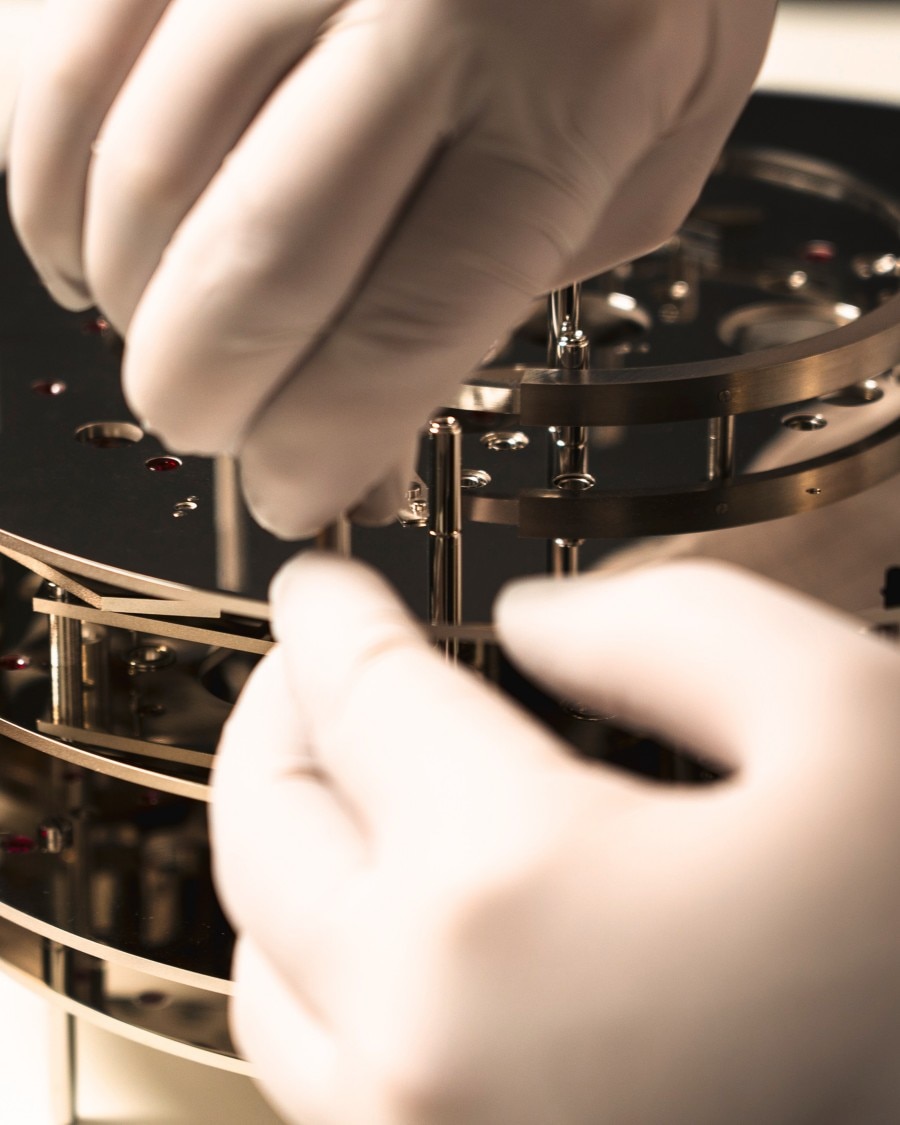
The beating heart of complexity
The Calibre 9270 that drives this distinguished set of complications is a work of engineering art both monumental and innovative. To give an idea, no less than five barrels are required to power the movement, whose tourbillon possesses a fixing bar of 43.3 mm, more than double the scale of a wristwatch tourbillon. For the first time in horology, the automaton becomes a functional complication integrated to the clock’s timekeeping system. This calibre also introduces a dual escapement configuration and multiple coaxial retrograde indicators developed to support the layered displays and orchestrate the automaton’s 144 gestures with absolute precision.
The 3D retrograde moon: precision in orbit

One of the clock’s most striking complications is the 3D moon phase complication, accurate without correction for 110 years. Consisting of two concentric spheres, the moon runs on a track with its own dedicated barrel and gear train, completing its lunar phases in an arc before the central figure, with a patented retrograde mechanism that gracefully returns the satellite to its starting position at the end of each cycle, a new benchmark in astronomical watchmaking.
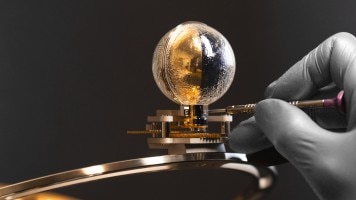
Introducing the Astronomer
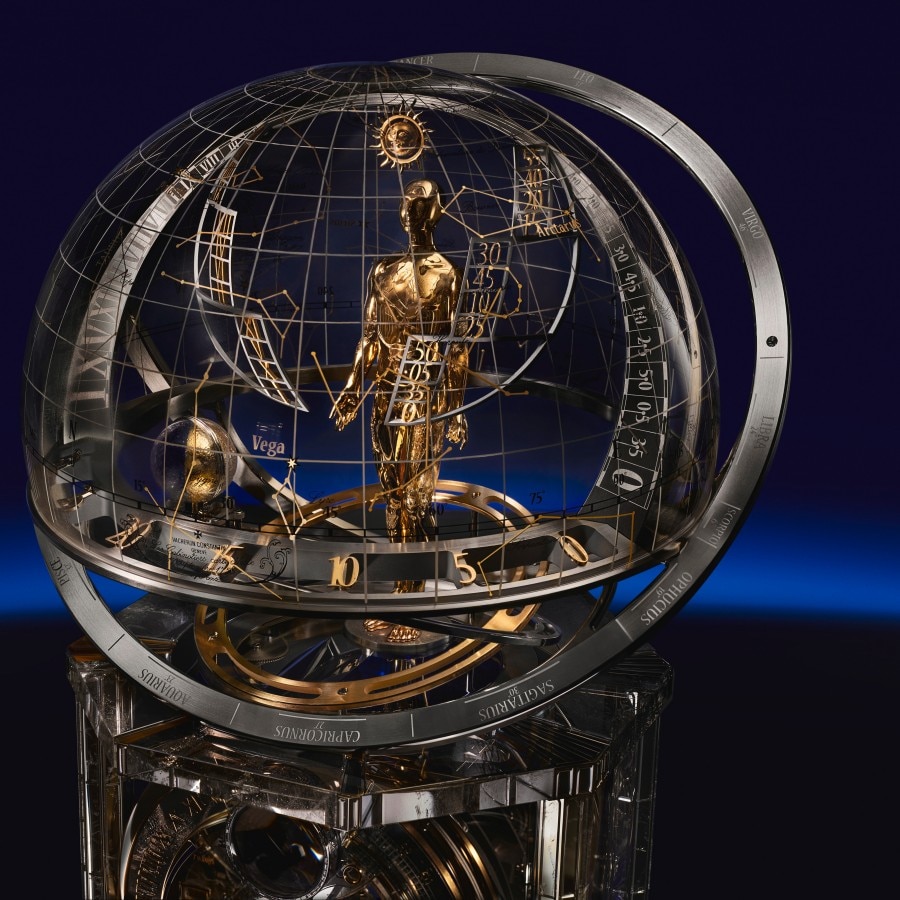
The graceful figure of the Astronomer recalls automata from the Renaissance
and Enlightenment eras. The automaton is also a worthy heir in terms of innovation.
The 3,923 components that make up the mechanism are powered by a dedicated barrel, but the automaton is for the first time integrated into the movement, indicating hours and minutes. Extensive research was conducted to ensuring natural gesturesfor the 144 distinct gestures it performs and perfect synchronisation with the dedicated musical compositions by Woodkid.
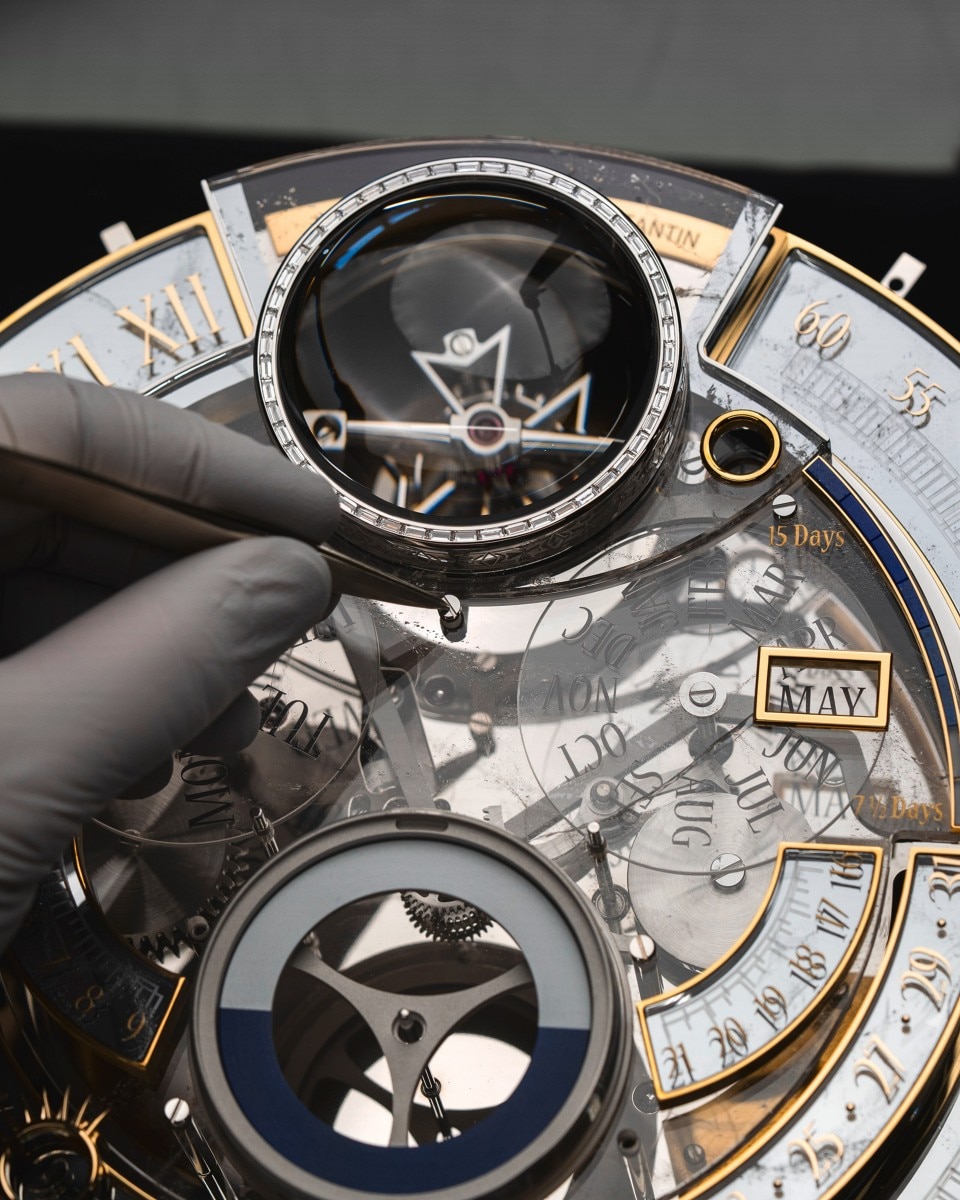

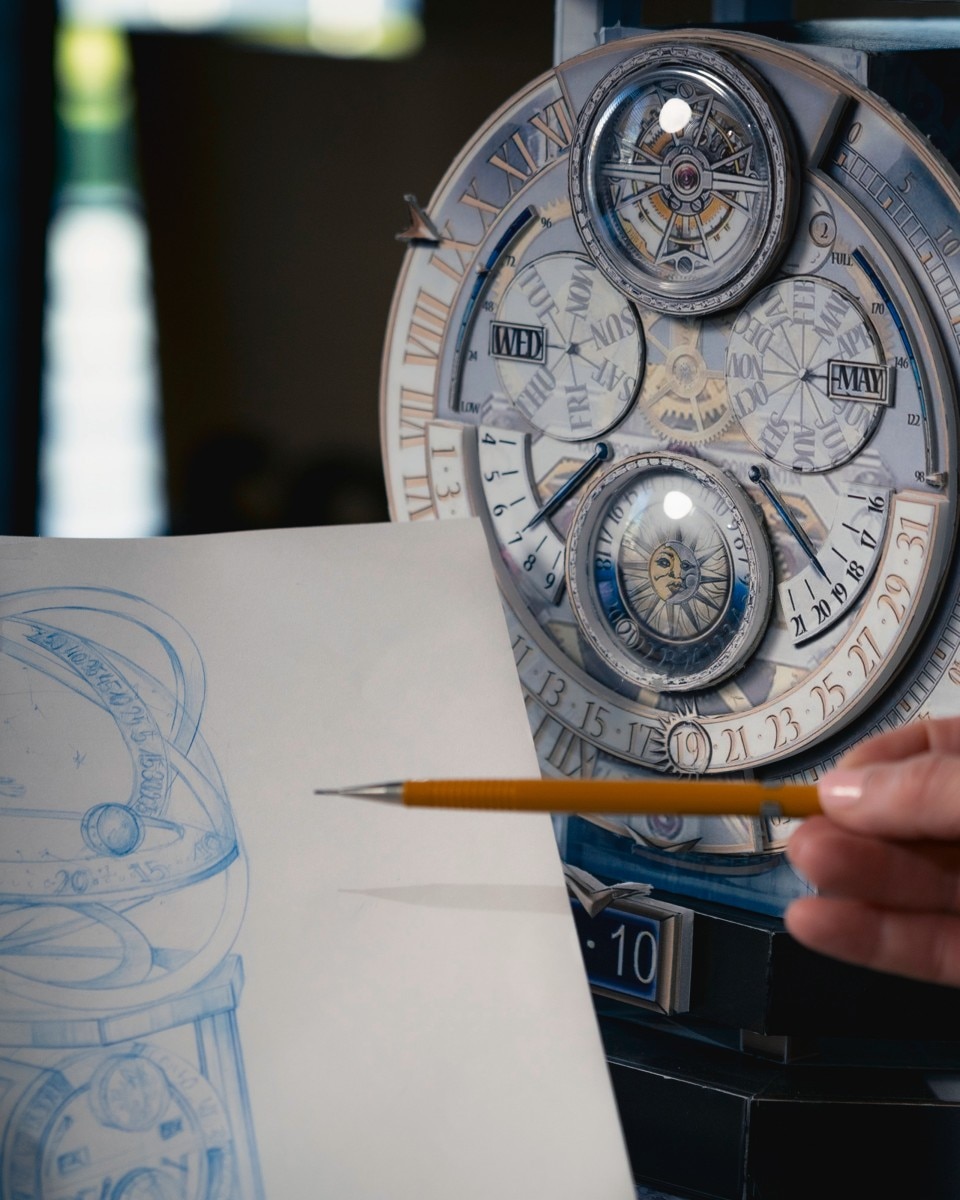
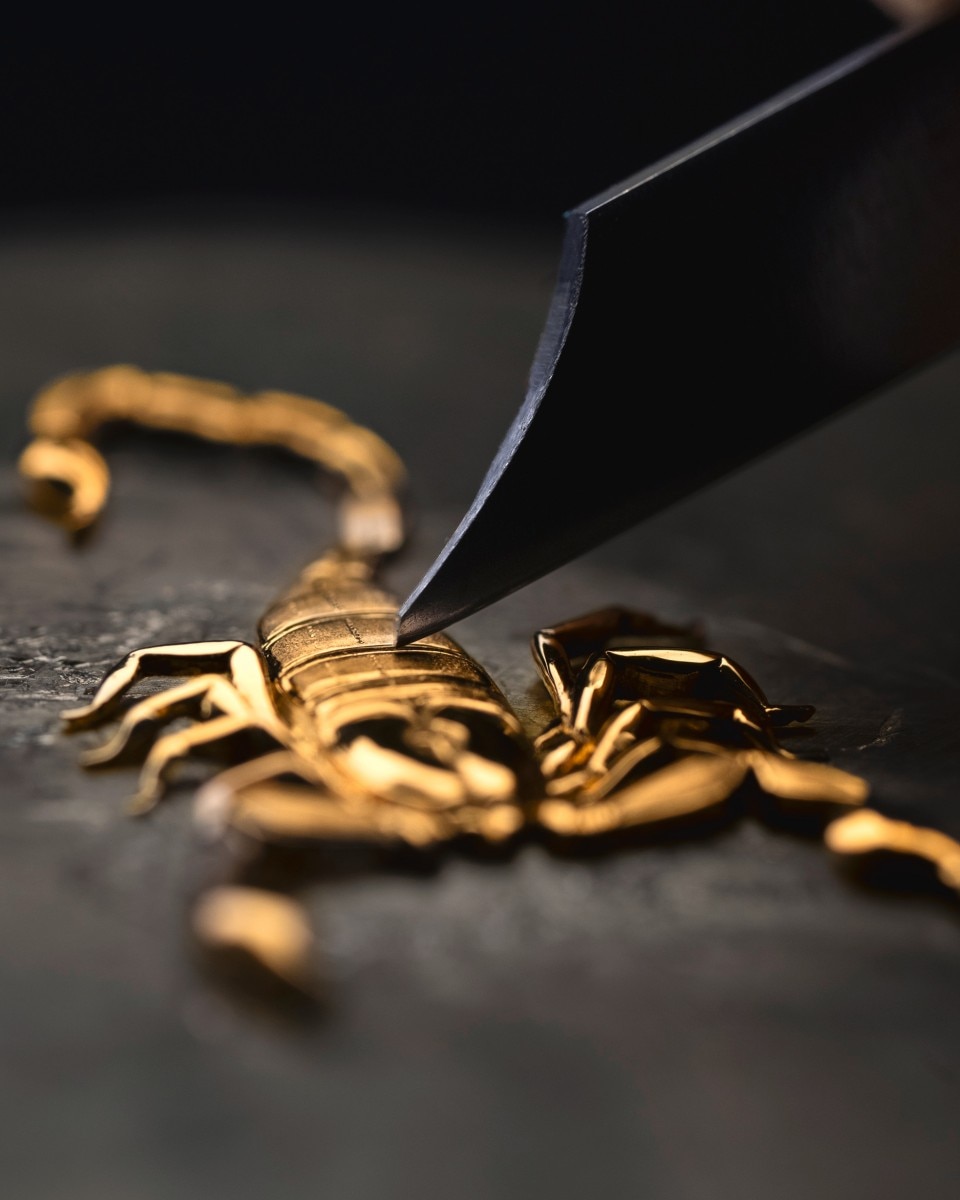
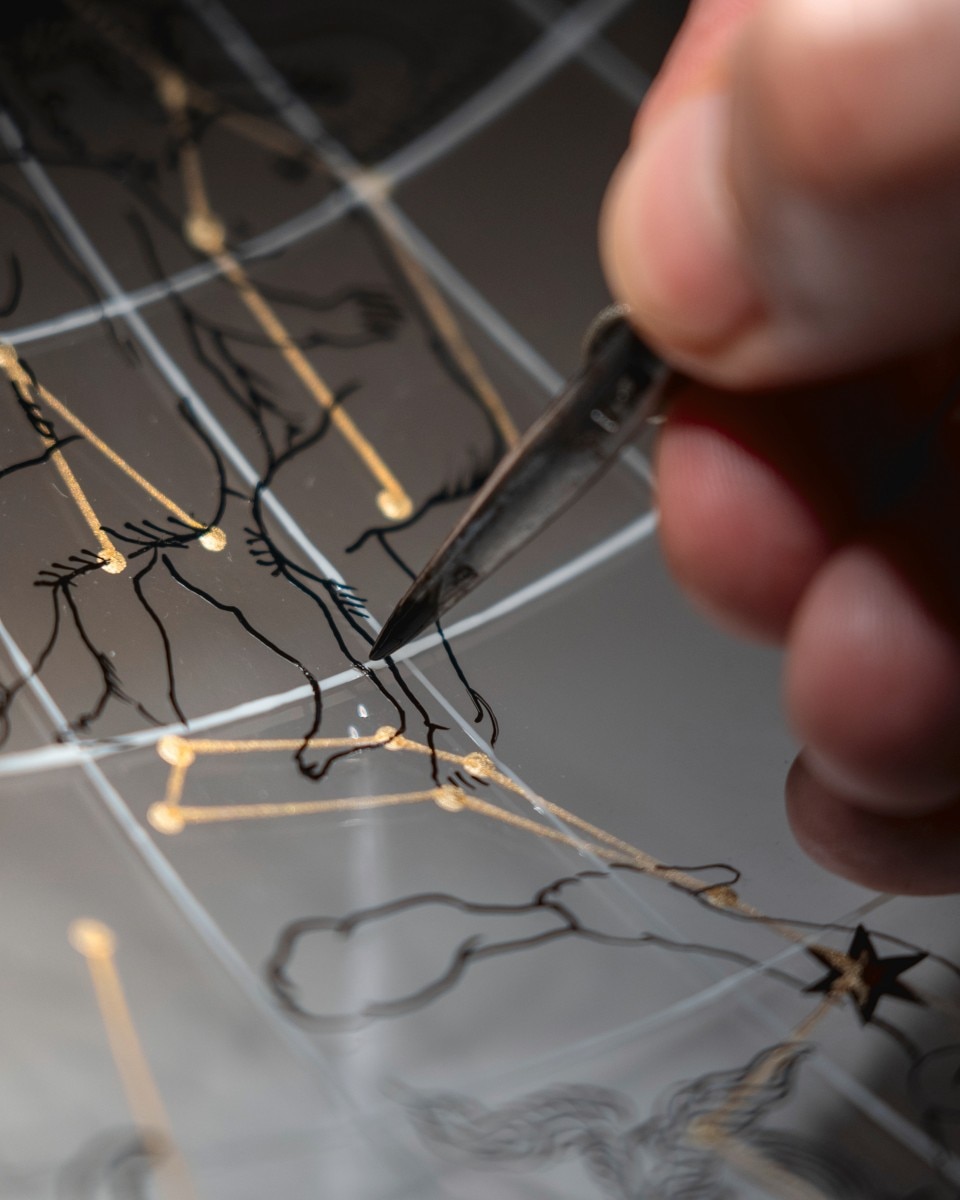
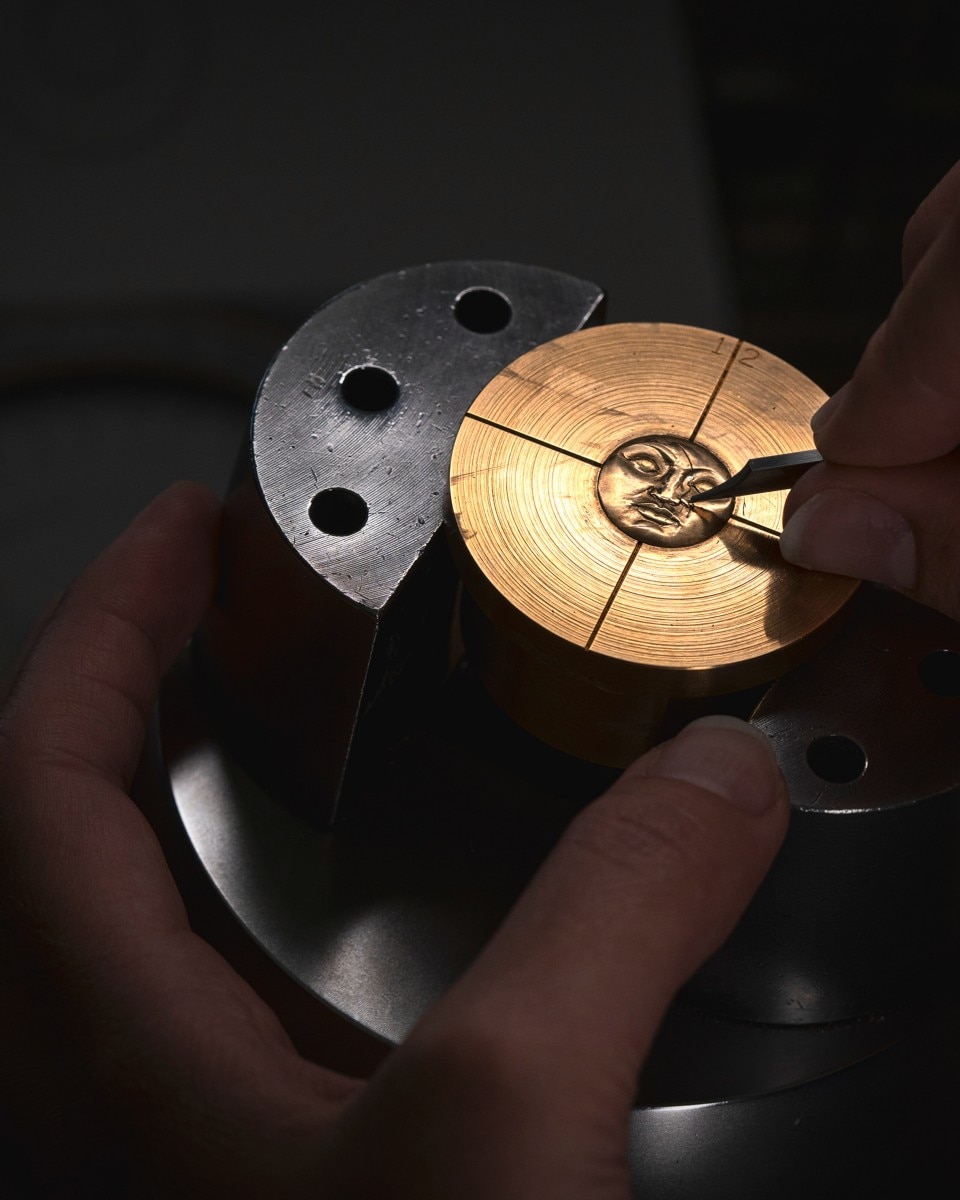
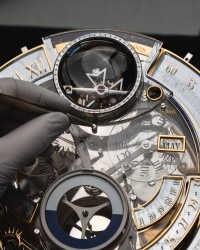

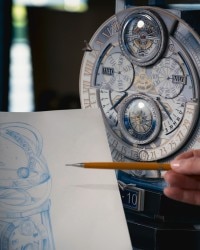

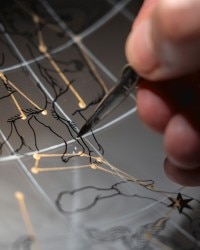
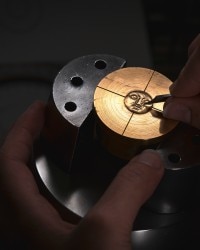
Métiers d’Art in dialogue with horology
La Quête du Temps is as much a work of craftsmanship as it is of engineering. Every surface, every texture, every detail is the result of extraordinary handwork, the legacy of centuries-old decorative arts reinterpreted for a 21st-century creation.
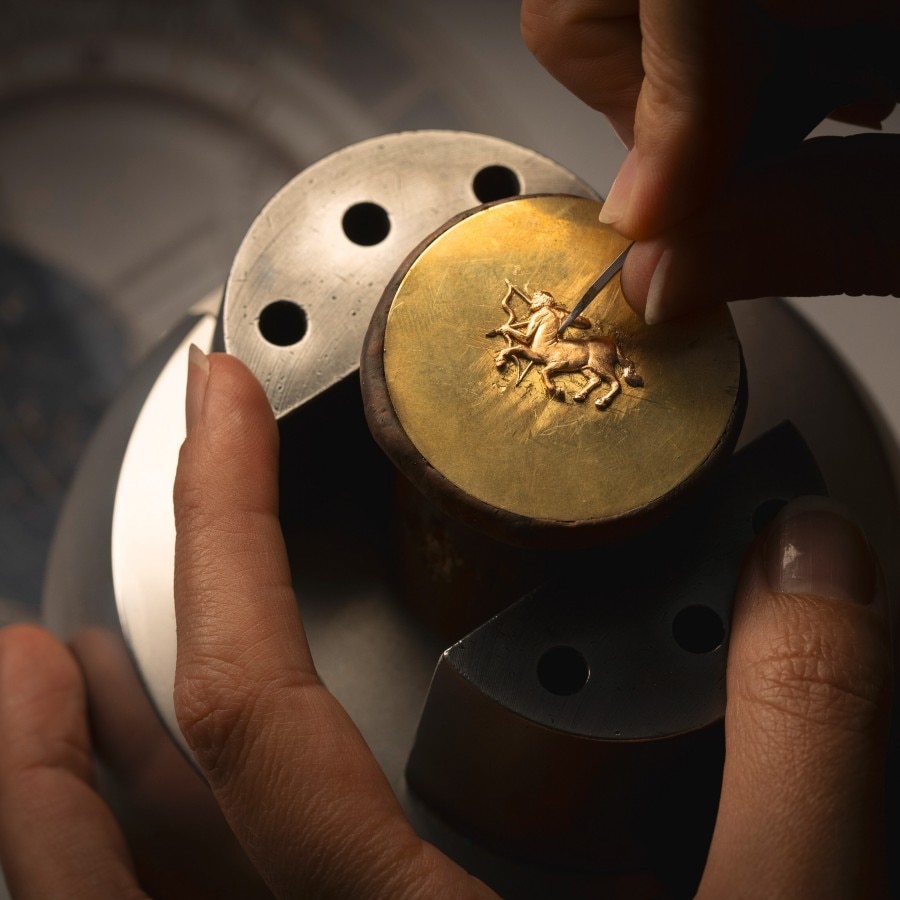


The crafts that bring time to life

Engraving: Hand-sculpted constellations, zodiac signs, and automaton details
in high relief
Guilloché: Sunburst patterns engraved beneath time displays
Enamel: Grand Feu enamel on calendar rings, with multi-coloured inscriptions

Gem-setting: Over 100 diamonds, including star-set stones on the automaton
Hard-stone marquetry: Lapis lazuli, jasper, azurite: each stone chosen for its symbolic value
Mother-of-pearl inlay: Planet names and stars crafted in luminous layers
Rock crystal: Cut, polished, and assembled to form the transparent base and celestial arcs

Miniature painting: The dome’s constellations painted freehand, in reverse,
on curved glass
Bronze sculpture & gilding: The automaton cast, engraved, and gilded like
a jewel
A score written for time
To elevate the emotional experience of the automaton, Vacheron Constantin invited composer and artistic director Woodkid to create three original musical sequences. Each piece accompanies a phase of the automaton’s choreography, from its awakening to its celestial gestures, adding rhythm, emotion, and narrative depth to every movement.
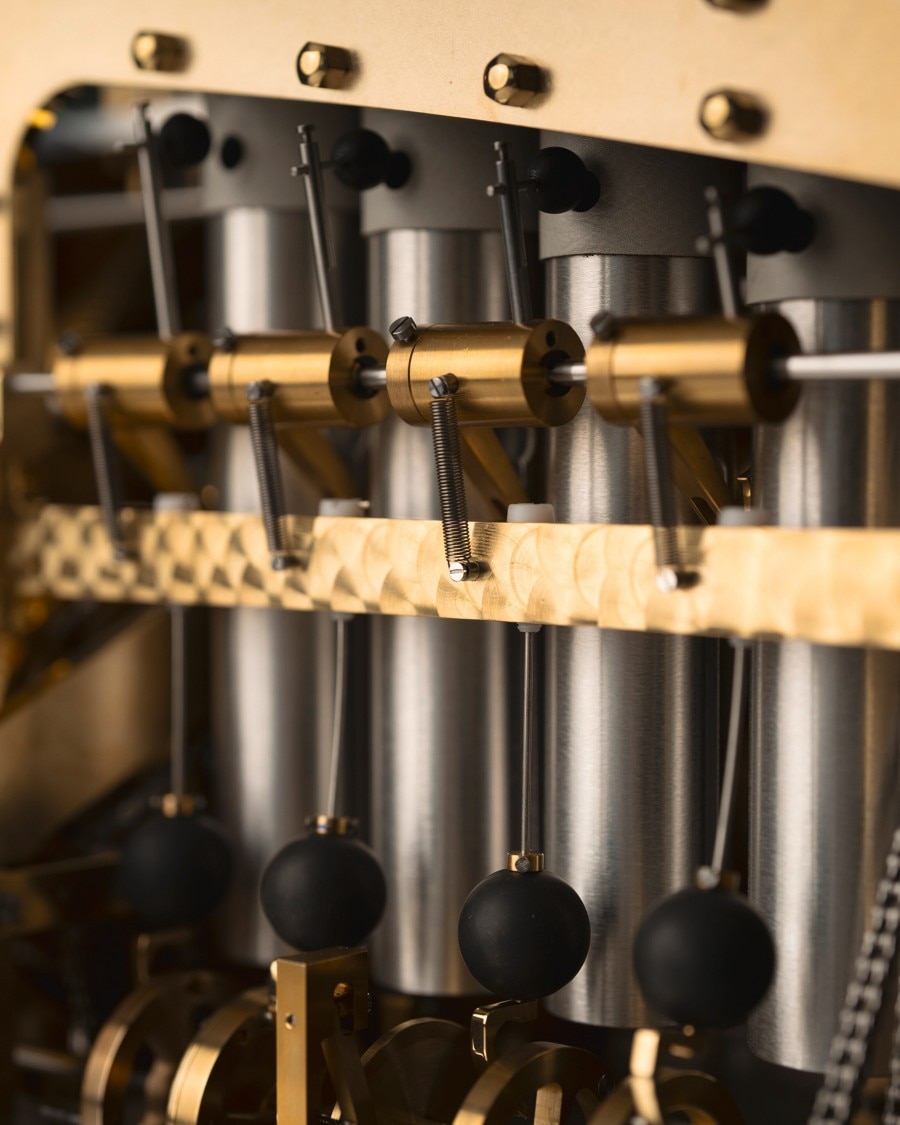
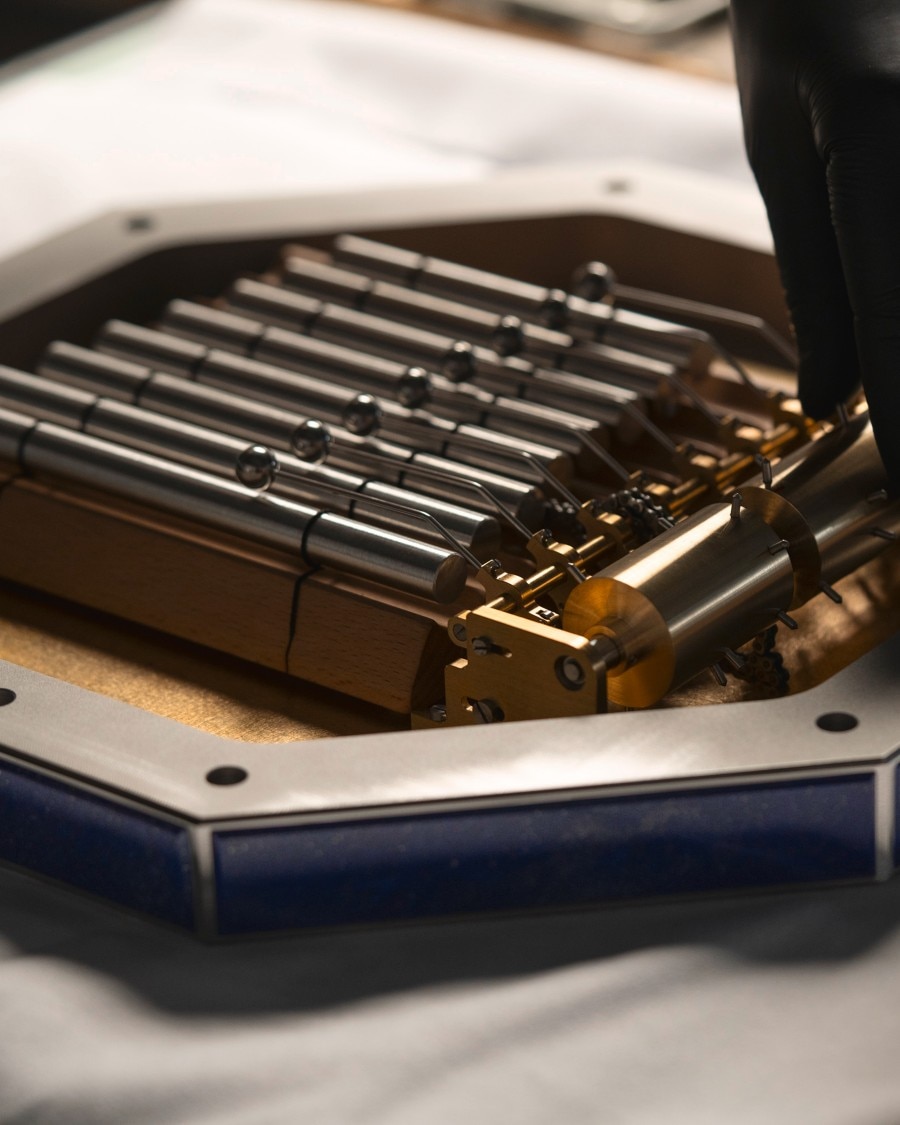
Giving voice to materials
Three compositions by Woodkid are ‘played’ by a custom device comprising 534 parts that combines a metallophone and Wah-Wah resonance tubes. This instrument was invented by François Junod in consultation with the composer for this exact purpose, and the movements of the automaton are precisely choreographed to each melody. Banishing electronics, the 'music machine' is a pure product of mechanical savoir-faire.
